United States air defense assets in western Iraq received orders to “stand down” moments before Iranian Fateh-313 ballistic missiles rained down on a coalition airbase in what Ayatollah Khamenei called measured vengeance for the U.S.’s targeted killing of Gen. Qasem Soleimani. Although four missiles failed and fell harmlessly to the ground, ten struck al Asad airbase and another two hit Camp Taji, joint U.S-Iraqi airbases in Iraq.
Realistically, the assault ought to have wounded or killed several U.S. and Iraqi servicemen,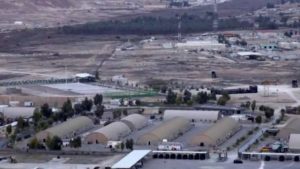 but the DoD reported last night that the strike caused no human casualties, U.S. or Iraqi, and that missiles seem to have precisely targeted structures that contained only equipment. And despite Iranian claims of 30 U.S. troops being killed (likely propaganda) the President on Wednesday boasted that early warning detection systems gave troops time to disperse prior to missiles hitting their mark.
but the DoD reported last night that the strike caused no human casualties, U.S. or Iraqi, and that missiles seem to have precisely targeted structures that contained only equipment. And despite Iranian claims of 30 U.S. troops being killed (likely propaganda) the President on Wednesday boasted that early warning detection systems gave troops time to disperse prior to missiles hitting their mark.
Even so, it is odd that U.S forces allowed missiles to strike coalition targets without activating its array of sophisticated air defense weapons that are in the region to prevent exactly what happened last night.
A White House source speaking under promise of anonymity for fear of retaliation supplied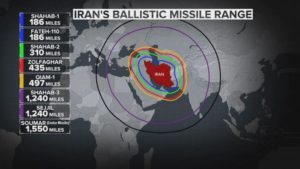 shocking information on why the Iranian missiles, which could have malfunctioned and struck buildings housing American soldiers, were allowed to reach the airbase unimpeded.
shocking information on why the Iranian missiles, which could have malfunctioned and struck buildings housing American soldiers, were allowed to reach the airbase unimpeded.
According to him, the Pentagon ordered commanders of the 32nd Army Air and Missile Defense Command, which is charged with protecting U.S. ground forces from air and missile attacks, to not engage incoming Iranian missiles directed at al Asad or other coalition assets an hour prior to the attack. The directive, he said, stymied ADA commanders who had expected to receive orders to launch their Patriot missiles but had to obey Pentagon instructions.
The U.S. military has seven Patriot batteries in Iraq. The Raytheon-manufactured M-104 has an unclassified range of 70km, well within range of al Asad airbase and Camp Taji and could have intercepted Iranian surface-to-surface missiles before they reached their targets. Used to moderate affect during the Gulf War, Patriot missiles have been a mainstay of the U.S. air defense arsenal since 1981 and are expected to remain in service until at least 2040.
has an unclassified range of 70km, well within range of al Asad airbase and Camp Taji and could have intercepted Iranian surface-to-surface missiles before they reached their targets. Used to moderate affect during the Gulf War, Patriot missiles have been a mainstay of the U.S. air defense arsenal since 1981 and are expected to remain in service until at least 2040.
Our source said military protocol is “launch on detection,” which is why regional commanders initially questioned stand down orders.
“What happened is this: A deal was struck between Washington and Tehran well ahead of Iran’s rapid-fire launch. Trump and the Iranian Mullahs reached a deal that would allow Khamenei to save face by launching precision strikes on targets that didn’t contain U.S. soldiers. Trump told them to go ahead and shoot as long as Iran promised it wouldn’t kill American’s. Trump told Tehran he wouldn’t retaliate or shoot down the missiles. This theory also explains how and why U.S. forces at al Asad and Camp Taji got notified an hour ahead of the strike,” our source said.
Iran’s rapid-fire launch. Trump and the Iranian Mullahs reached a deal that would allow Khamenei to save face by launching precision strikes on targets that didn’t contain U.S. soldiers. Trump told them to go ahead and shoot as long as Iran promised it wouldn’t kill American’s. Trump told Tehran he wouldn’t retaliate or shoot down the missiles. This theory also explains how and why U.S. forces at al Asad and Camp Taji got notified an hour ahead of the strike,” our source said.
His theory is reasonable, as it allowed Trump and Ayatollah Khamenei to quickly jab at one another and then rapidly deescalate the situation and avoid full-scale war. Trump got to kill Soleimani, and Tehran got to destroy a few supply buildings. Iran spread propaganda among its population that it killed 30 U.S. troops, and Washington said it will impose new economic sanctions on Tehran. Same old game.
another and then rapidly deescalate the situation and avoid full-scale war. Trump got to kill Soleimani, and Tehran got to destroy a few supply buildings. Iran spread propaganda among its population that it killed 30 U.S. troops, and Washington said it will impose new economic sanctions on Tehran. Same old game.
Some of Trump’s political supporters, however, privately castigated him for not responding militarily to Iranian aggression. Senator Lindsey Graham (R-SC) purportedly told Trump that his inaction was tantamount to Iranian appeasement; an act of cowardice that will bolster Iranian aggression toward U.S. assets in the Middle East.
The full verdict on Trump’s Wednesday morning address to the nation has yet to be rendered.



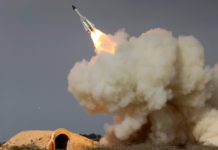
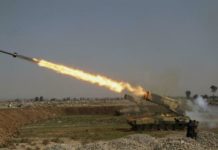

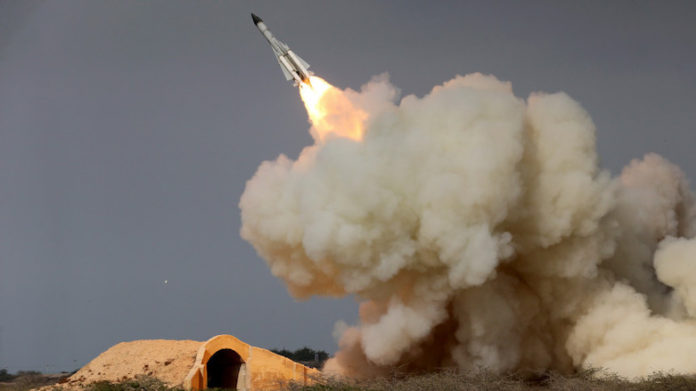






Leave a Reply